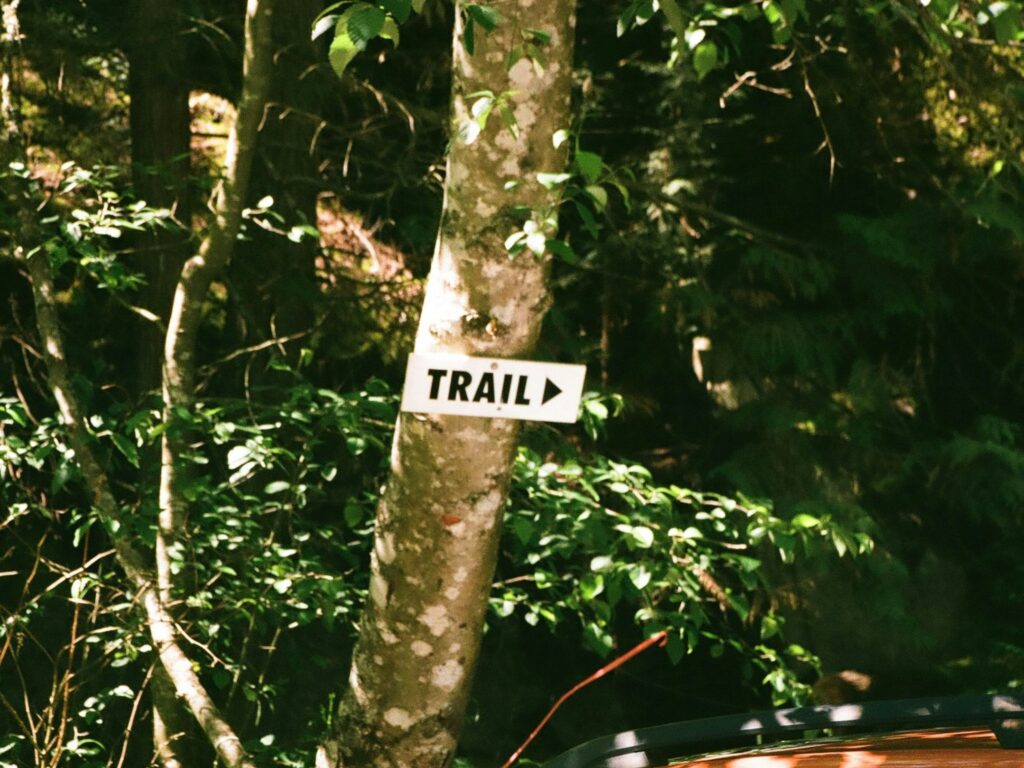The Non Negotiables: Core Safety Gear
When things go sideways on the trail and they will it’s the basics that keep you alive. First up: map and compass. Yes, even now. GPS is great until your phone’s dead or the satellite signal ghosts you. Don’t rely on tech that forgets to work when you need it most. Real navigation starts with paper, plastic, and a bit of know how.
Next, a good multi tool or knife. Use it to prep food, fix gear, or make kindling just don’t leave it behind because it “seemed heavy.” Few items offer more versatility for their weight.
For fire, redundancy matters. Bring waterproof matches, a reliable lighter, and dry tinder in a sealed bag. You want options. Cold, wet nights aren’t the time for innovation.
A headlamp with fresh batteries means hands free navigation when the sun dips or storm clouds roll in. Test it before you pack it. A beam that dies after ten minutes is just dead weight.
Finally, the simplest rescue tools: an emergency whistle and a signal mirror. These can cut through wind, fog, or miles of terrain when yelling won’t. You won’t use them often, but you’ll regret leaving them out if you ever need them.
Staying Hydrated & Fed When Plans Go Sideways
When things go off script in the backcountry, calories and hydration aren’t just comfort they’re survival. Stick to high calorie, no cook food that holds up in your pack and fuels steady energy. Think nut butters, dense energy bars, and good ol’ trail mix with a healthy fat salt carb balance. No stoves. No prep. Just eat and keep moving.
Pack at least one full extra day’s worth of food, minimum. It’s standard protocol for a reason. Weather shifts, injuries, or wrong turns can stretch a 2 day hike to three real fast. Extra rations can reduce stress and extend safe decision making windows.
Hydration rules are just as strict. Always reserve at least one extra liter of water beyond what you expect to need. Dehydration hits harder at elevation, and some sections have zero reliable sources. Before you head out, have a clear plan for refills don’t wing it. If you’re not sure how to lock that down, check out this refresher: Plan your water resupply strategy.
Layers That Can Save Your Life

When conditions turn, your layers are your first line of defense. Start with a solid base layer something breathable that wicks moisture fast. Wet skin in cold temps is a shortcut to hypothermia, even in mild weather. Cotton’s out. Look for synthetic or merino blends that keep you dry without holding onto sweat.
Next up: insulation. Fleece works fine, but a lightweight down or synthetic jacket packs better and traps more warmth. The trick is finding gear that compresses small in your pack but expands when you need it most.
On top of that, you need a shell. Not water resistant fully waterproof. Lightweight and breathable jackets prevent overheating while keeping out surprise downpours or snow flurries.
Last but not optional: an emergency bivy or space blanket. They weigh almost nothing, but under the wrong moon, they’re the difference between toughing it out and tapping out. The wrap keeps heat localized and offers a basic barrier against exposure.
This is not about overpacking. It’s about not betting your safety on a lucky forecast.
First Aid Regardless of Terrain
Accidents and injuries don’t care how well planned your route is your first aid kit should be ready for everything from blisters to more serious trail mishaps. One size fits all prepacked kits often leave out critical supplies, while customizing your own allows you to address the realities of the terrain, distance, and personal needs.
Build Smarter, Not Just Bigger
Instead of packing everything, focus on what’s actually helpful in the field:
Blister treatments Moleskin, gel pads, and blister bandages can keep you moving
Trauma pads Useful for more serious injuries or stops in rugged terrain
Antihistamines Essential for allergic reactions, insect stings, or unexpected plants
Electrolyte tablets Help with hydration, cramping, and heat recovery
Trail MVP: Tape
It might seem basic, but strong medical or athletic tape is the unsung hero of backcountry medicine. Use it to:
Reinforce bandages
Secure splints
Patch gear in a pinch
Prevent hotspot formation before blisters develop
Skip the gimmicks and focus on what works. A lean, smart kit adapts to the situation it doesn’t just check a box.
Navigation and Communication
Digital tools are better than ever in 2026, but they’re still not foolproof. A GPS app with offline maps is baseline now, not optional. Pre download your route, double check you’ve got a charged battery, and bring a backup power source. Phones die fast in cold weather or spotty coverage plan for it.
If you’re hiking remote or solo, a satellite communicator or beacon isn’t overkill it’s the new must have. These devices let you ping out your location, send an SOS, or at least update someone when you’re off the grid. Cell service fades quickly deep into the backcountry. Redundancy saves lives.
Going off trail? Don’t just assume tech has your back. Drop a stone cairn, loop flagging tape, or scratch simple markers. Retro methods still work when electronics fail or crash unexpectedly. Leave a breadcrumb trail for yourself and for anyone who might need to come looking.
Situational Awareness Checklist
Before you even lace up your boots, check the forecast. Don’t just glance at the temperature look for wind advisories, storm fronts, and fast moving weather patterns. Lightning on exposed ridgelines or a sudden 20 degree drop can turn an ordinary hike into a survival test.
Tell someone you trust where you’re going, when you’re leaving, and when you expect to be back. Include trail names, waypoints, and backup routes. If things go south, that little heads up can cut hours off your rescue time.
Study the area’s wildlife. Know what’s common, what’s dangerous, and how to avoid surprise run ins. Most animals want nothing to do with you so give them no reason to care you exist.
Stay on trails that stay visible. If the path disappears undergrowth, deadfall, or snow, mark your way or turn around. GPS is great until batteries die. A well worn trail saves lives. Silence your ego and respect the route.
Final Prep: Mindset & Decision Making
Gear gets you far. Mindset gets you back.
Staying calm under pressure isn’t optional it’s a legitimate skill. You can train for it just like cardio or strength. Long hikes, bad weather drills, even timed decision scenarios in controlled environments help condition your brain to react with clarity instead of chaos.
Just as important: knowing when to quit. Summit fever, proving a point, or doubling down on a wrong turn none of that impresses nature. Trails don’t reward ego, they reward judgment. Turning back isn’t failure. It’s experience talking.
When things go south, it’s the hiker with a clear plan and a flexible mindset who adapts. Improvised shelter, alternate exits, rations stretched smartly these things aren’t panic moves. They’re the endgame of preparation. Go in ready, stay sharp, and leave with a story not a rescue.
